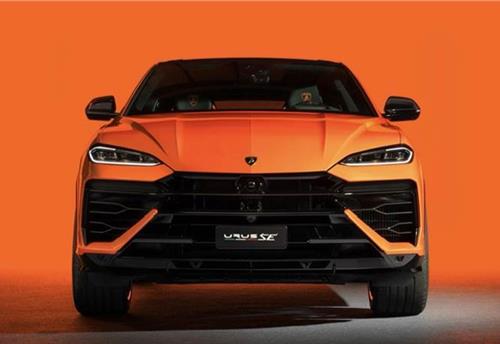2017 Volvo buses to gain pedestrian and cyclist detection tech
Volvo has developed an advanced driver assist programme for its bus models that can detect and help prevent collisions with pedestrians and cyclists.
Volvo has developed an advanced driver assist programme for its bus models that can detect and help prevent collisions with pedestrians and cyclists.
The system, which uses a camera mounted on the vehicle’s exterior, will be rolled out from the start of next year on European buses. The camera processes images through complex algorithms to detect potential hazards, with its primary focus being to spot pedestrians and cyclists who could come into contact with the bus.
To alert the driver of a hazard or potential impact, lights and sound signals are projected in the cabin. If an impact is imminent, the pedestrian or cyclist is also warned with the automatic sounding of the bus’s horn.
Volvo says the technology uses existing hardware that was developed for its cars. It represents a first wave of driver and safety assist programmes that will be added to Volvo buses in the coming years.
“Accidents involving buses and unprotected road users seldom occur, but when they do the consequences may be very serious,” explained Peter Danielsson, director of vehicle features and safety at Volvo Buses. “In order to minimise the risks, it is important that drivers and anyone moving around near buses – such as at bus stops and pedestrian crossings – pays close attention to the traffic. In this context the Pedestrian and Cyclist Detection System offers excellent support.”
Volvo has also developed a minimum noise system for its electric drive busses. The zero emissions buses, which will be used in European cities such as Sweden’s Gothenburg from next year, are significantly quieter than diesel equivalents and therefore far easier to go undetected by pedestrians.
“We’ve solved this problem by developing a synthetic background sound with a frequency range that is not perceived as disruptive,” explained Danielsson. “It does not penetrate windows with triple glazing, unlike the low-frequency noise made by a diesel engine.”
Volvo said that the system is particularly useful at speeds below 31mph, when road noise is low and so electric buses can make near-silent progress.
Volvo is investing heavily in the development of safety and autonomous technology. It recently demonstrated the first fully autonomous mining lorry in a mine 1,300 metres below the surface of Sweden.
It has also pledged to that nobody will be killed in a new Volvo car from the year 2020.
RELATED ARTICLES
Lamborghini unveils Urus SE ahead of Auto China 2024
Electric-only range of 60km helps reduce emissions by 80%.
ZF to display next-gen e-axle for low-floor city buses at Busworld Turkiye 2024
The AxTrax 2 LF is available with a continuous output of up to 360 kW and a peak torque of up to 37,300 Nm.
Daimler Buses and BMZ Poland to develop next-gen NMC4 electric bus batteries
The new battery generation NMC4 – succeeding the current NMC3 technology – will combine high energy density, resulting i...





 27 Sep 2016
27 Sep 2016
 5068 Views
5068 Views





 Autocar Pro News Desk
Autocar Pro News Desk




